Description
Applications
2,2-Dimethoxypropane acts as a dehydrating agent. It also serves as an intermediate in the synthesis of vitamin E, vitamin A and various carotenoids such as astaxanthin. It is used as a reagent for the preparation of 1,2-diols, acetonides, isopropylidene derivatives of sugars, nucleosides, methyl esters of amino acids and enol ethers.
other application :Improved methods are described for anatomical investigation of small insects and other arthropods using serial semithin sections. The specimens were dehydrated with acidified 2,2-dimethoxypropane and embedded in ERL 4206 epoxy resin under vacuum. This procedure ensures good resin impregnation of thin, long body compartments and appendages. Furthermore, it produces excellent overall preservation of the specimen and its fragile anatomical structures. This procedure saves time and gives excellent results when sectioning difficult arthropod material. A continuous recording of serial semithin sections is possible when diamond knives are used.
(Acetone Dimethyl Acetal)
(CH3)2C(OCH3)2 F.W. 104.15 CAS #77-76-9
Specific Gravity: 0.849
Used as a dehydration agent.
* Miller, L.L. and Jacks, T.J. (1975). Rapid chemical dehydration of samples for electron microscopic examinations. J. Histochem. Cytochem, 23:107
* Thorpe J.R. and Harvey D.M.R. (1979). Optimization and investigation of the use of 2,2-dimethoxypropane as a dehydration agent for plant tissue in TEM. J. Ultrastrut. Res., 68:186
* Beckmann H.J. and Dierichs, R. (1982). Lipid extracting properties of 2,2-Dimethoxypropane as revealed by electron microscopy and thin layer chromatography Histochemistry, 76:407
Storage : RT
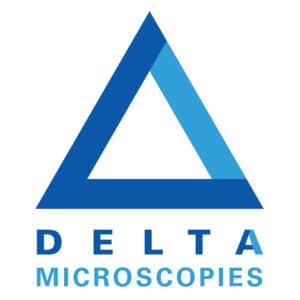
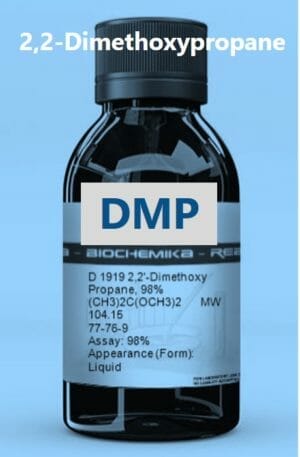

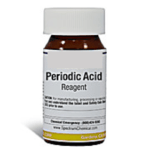
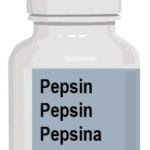
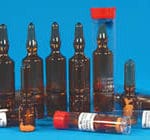
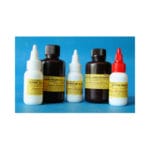


Avis
Il n’y a pas encore d’avis.